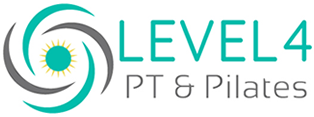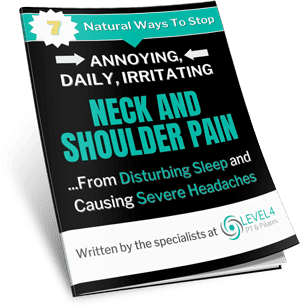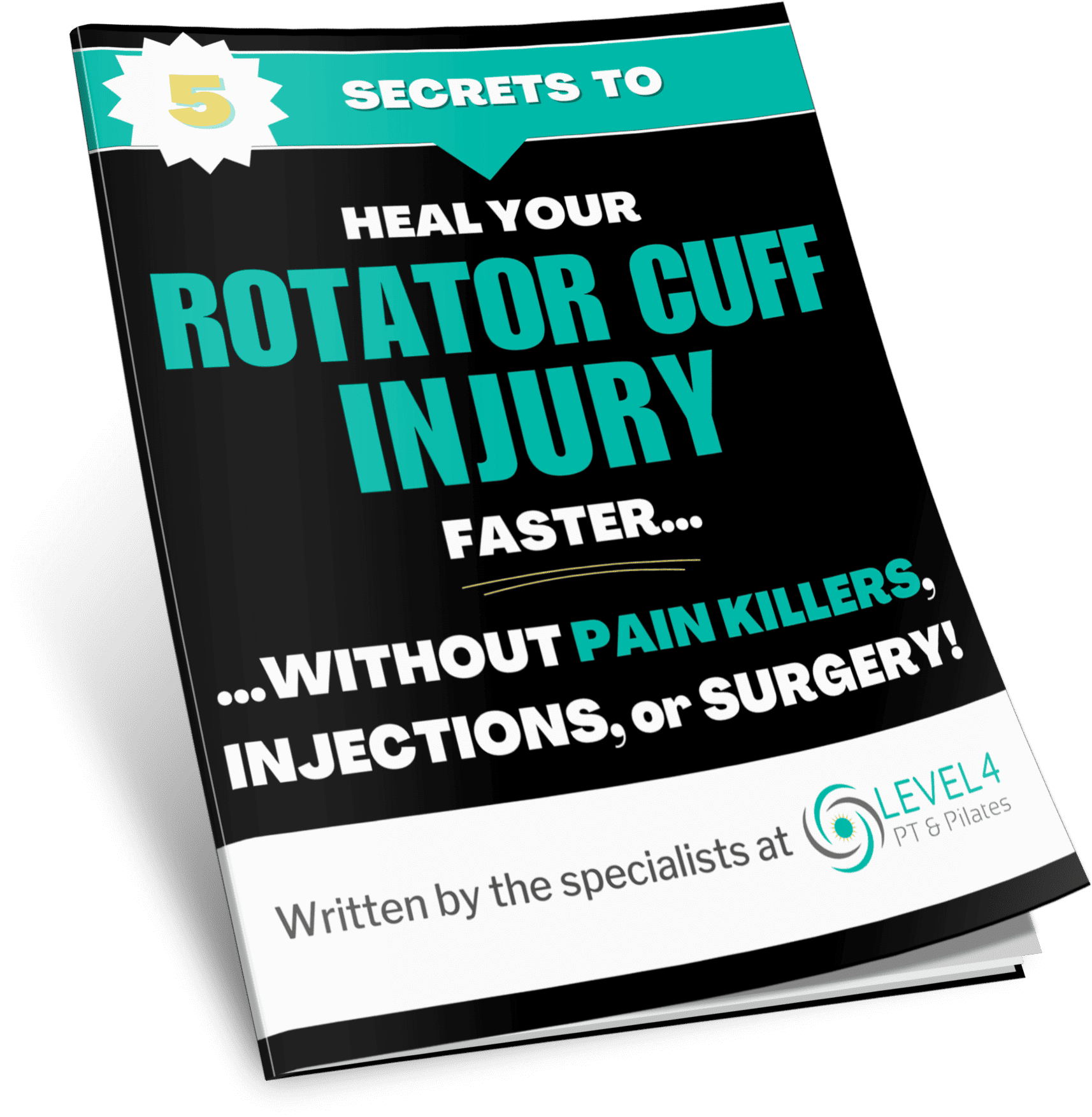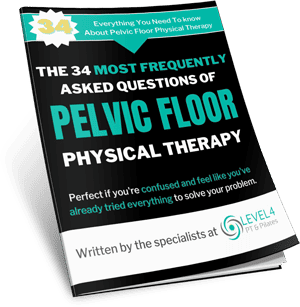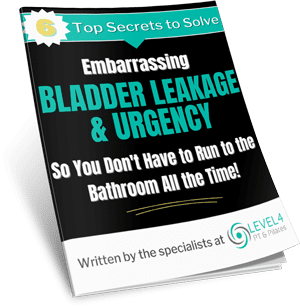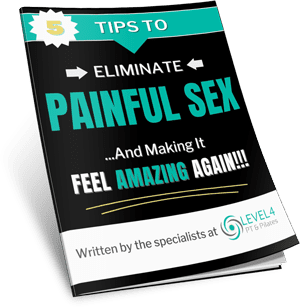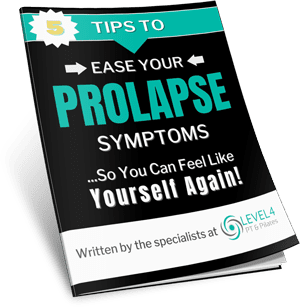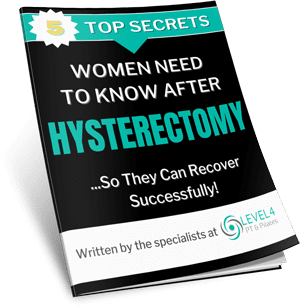There is constant pressure women face to look like their pre-pregnancy self so quickly after they deliver. Is that our goal to hurry up and look a certain way to impress others? As busy moms, we dismiss the fact we need to focus on taking care of our body and allow it to heal properly, as it did take 9 months to go through these changes. At the gym yesterday after a fitness class, I heard these statements listening to women discuss their postpartum body issues and would love to address them so women can learn the truth!
1. “I had a baby so I’m going to have to deal with peeing when I cough, run, or jump”…
FALSE: This problem is definitely a common one, but no matter how long after you have a baby can continue to be an issue if not addressed. Women dismiss this problem as something they are going to just have to deal with forever. Little do they know it can be assessed and treated rather quickly with the right guidance from a women’s health PT.
There is usually a coordination and timing issue between breathing and the ability to contract the pelvic floor muscles. Pelvic floor muscle weakness and lack of endurance may exist as well just like any other muscles in the body. You don’t have to “just in case pee” before you try to run when this can be fixed!
2. “I can jump back into my old fitness routine because I feel fine”…
FALSE: Many women who exercise during their pregnancy can ease back into their fitness routine feeling ok, but be forewarned it took 9 months of changes to your body that don’t automatically go back without time. Your pelvis will be recovering and returning to “pre-labor” state 0-6 weeks postpartum, your uterus is contracting back to its previous state, and your internal organs are returning to their rightful place after being squished out of the way during pregnancy.
Any intense activity during this stage could hinder the healing process. Jumping back into that boot camp class right after your 6 week check up may not be the best for all women as abdominal separation and pelvic floor weakness are not assessed by all OB/GYNs. These issues can lead to pelvic organ prolapse, a worsening of diastasis recti (abdominal separation), or back pain if you ramp up your program without proper guidance.
Be your own advocate and seek out to be screened by a women’s health PT, who will also provide you with the best exercises to promote healing and prevent injury with high intensity exercise, add gentle stretching, light resistance training, and walking to set you up for success.
3. “My abdominals will get toned with lots of crunches”
FALSE: This is not always the case. Because your deeper layer of abdominals (transverse abdominis) has been stretched for the last 9+ months, it is important to train the abdominals from “the inside out”. Crunches work the rectus abdominis (outer layer) and and place unnecessary stress on the spine and pelvic floor without training the “inner core” first. That doesn’t mean you can never do crunches, it just means you need specific exercises to heal the inner layer first.
Also, something called diastasis recti is very common where the abdominals actually separate during pregnancy, creating a disruption in the connective tissue layer below. In some cases this heals itself naturally postpartum, but it’s very common for it to continue to be an issue 3-6 months (and beyond) postpartum. This may case as to why a woman feels like she just can’t get rid of her “mommy tummy” even though she is exercising and losing weight.
Click here to do a self-assessment for Diastasis Recti
Individualized assessment and specific exercises to add to your routine can be prescribed to help heal a diastasis recti by a postnatal specialist/physical therapist, avoiding the need for surgery!
Apply now for our Core and Pelvic floor Restore/Postnatal Pilates Class in Encinitas by clicking below as there is limited availability! Dr. Dawn will call you to see if you are the right fit for this program:
4. “My back pain will go away eventually”…
FALSE: There are many reasons you could be experiencing back pain. The extra hormones that are released during pregnancy remain in your system up to 4 months after you stop nursing. This will affect the stability in your pelvis and joints. Lack of core strength and muscle imbalances now that you aren’t carrying another human inside of you will affect the pressure placed on your back when lifting and carrying baby car seats, strollers, heavy diaper bags, etc! A proper strength training routine and practicing good body mechanics when lifting, holding, and caring for your baby will make a huge difference in your symptoms.
In conclusion, going through pregnancy and labor is a huge feat for a woman…it is important to be your own advocate if you are having these musculoskeletal issues that won’t go away. Just know you can directly go see a physical therapist without a referral. In our practice, a Pilates-based approach to improving core and pelvic floor function is the best approach to building a strong foundation, allowing you to return to all those other fitness activities without back pain.
Want more info? Click here to get our FREE report online with tips to ease your Postnatal back pain! https://www.level4pt.com/pregnancy/
- 3 Proven Ways You Can Relieve Sciatic Pain While Sleeping - September 14, 2023
- Menopause and the Impact It Can Have On Your Weight - August 4, 2023
- 5 Ways That Pilates Can Help With Back Pain - July 19, 2023
